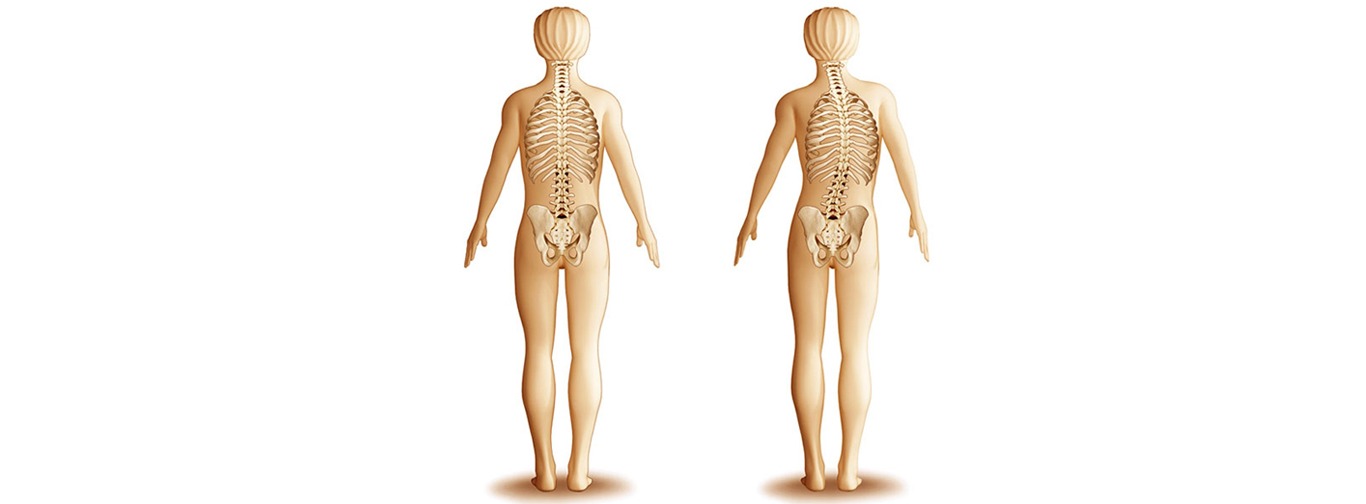
Scoliosis other spinal deformities
Scoliosis is a spinal deformity that causes the spine to develop an abnormal curve. Studies show that most people with idiopathic scoliosis will have the condition from 20 to 25 years old and no later than 30. Scoliosis can become so severe that it requires surgical treatment to correct the problem. There are many different types of spinal deformities, and not all of them require surgical intervention. Work with your doctor to understand your condition, ensure your safety and well-being, and determine the best course of treatment for you if surgery is recommended.
When you’re dealing with a spinal deformity, you’re dealing with problems in the curve or rotation of your spine. Common adult spinal deformities are scoliosis, kyphosis, and lordosis.
Scoliosis involves a sideways spinal curve that can be either C-shaped or S-shaped. It usually starts during adolescence when a child’s bones are still developing, but it can also occur later in life. Scoliosis can be caused by congenital vertebral anomalies (birth defects of the spine), neuromuscular problems (nerve and muscle issues), or have no known cause whatsoever—around 85% of cases in fact.
Kyphosis is another type of spinal deformity that can cause the upper back to curve forward. This results in the appearance of a hump at the top of the spine. Kyphosis can result from poor posture, compression fractures due to osteoporosis, rheumatoid arthritis, disc disease, or any other condition that causes degeneration of the spine (such as scoliosis).
Lordosis involves an abnormally curved lower back that causes a “swayback” appearance. Lordosis is also called “swayback,” or “hyperlordosis.” When you have lordosis
